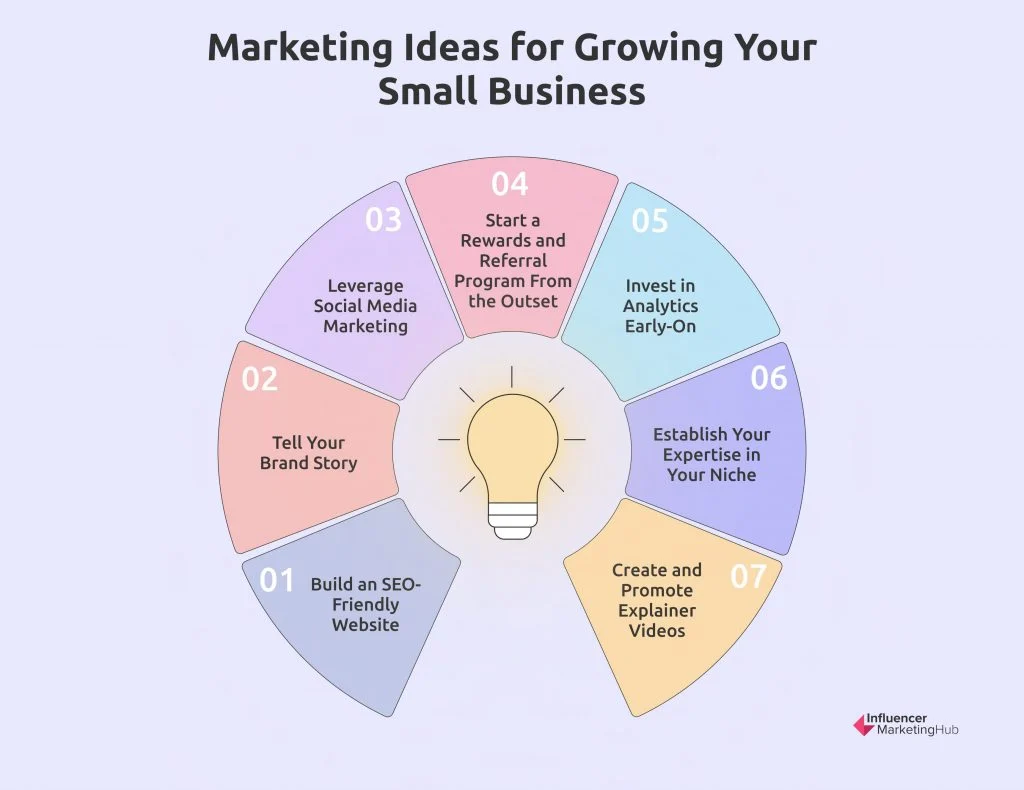In a surprising turn of events, Microsoft layoffs have impacted thousands of employees globally, a decision that echoes the widespread tech industry job cuts witnessed in recent months. These cuts, which include positions within Microsoft’s gaming division, combine to form part of a broader trend where California tech layoffs have soared, with the state reporting over 17,874 reductions just in the first quarter. The layoffs, although representing less than 4% of Microsoft’s total workforce of approximately 228,000, highlight the company’s strategic shift towards more streamlined operations and a focus on artificial intelligence initiatives. As the pandemic reshaped the job market, these cuts signify an end to the pandemic-era hiring spree, pushing many professionals into a challenging employment landscape. With industry giants like Meta and Google also making similar moves, it’s clear that the ongoing economic uncertainties are forcing companies to reevaluate their workforce strategies.
The recent workforce reductions announced by Microsoft signal a critical juncture in the tech industry, with significant implications for employment trends and job security. As more giants within the sector, including those in California, initiate layoffs and restructure their operations, employees are left grappling with the reality of this evolving job market landscape. These developments are not merely isolated incidents but rather part of a larger pattern of organizational shifts following the COVID-19 pandemic. The reallocation of resources towards emerging technologies, particularly in artificial intelligence, indicates a strategic pivot aimed at sustaining growth amidst economic fluctuations. As professionals navigate the fallout from such organizational changes, the need for adaptability and resilience has never been more critical.
Understanding the Microsoft Layoffs of 2023
In early 2023, Microsoft announced layoffs that impacted thousands of employees across its global workforce, including significant cuts in its gaming division. This decision affects less than 4% of Microsoft’s approximately 228,000 employees, yet it resonates deeply within the tech community, reflecting the ongoing challenges many companies face in the current economy. The layoffs are emblematic of a larger trend in the industry where job reductions are becoming increasingly common as firms strive to enhance operational efficiency in an area often seen as a beacon of job security.
The Microsoft layoffs come at a time when the tech industry is grappling with shifts initiated by the post-COVID job market. More specifically, these cuts highlight a growing trend of tech industry job cuts as businesses pivot towards new priorities, such as artificial intelligence and machine learning solutions. As companies reassess their workforce needs, these labor shifts demonstrate a sharp pivot away from the expansive hiring that characterized the pandemic years, making the layoffs a significant point of concern for tech employees.
The Impact of California Tech Layoffs
In California, the tech industry has seen a wave of layoffs that is alarming to many employees. Statistics revealed that nearly 17,874 job reductions occurred in the first quarter of 2023, underscoring a critical re-evaluation of personnel across major companies, including Microsoft. This trend illustrates not only the extent of the cuts being made due to economic pressures but also signals a shift in hiring dynamics, contrasting sharply with the frenetic recruitment of the previous few years during the pandemic.
This environment of layoffs affects not just individual employees, but the economy as a whole. As more tech companies downsize, including giants like Meta and Google, there may be a ripple effect that alters the local job market significantly. Workers who once viewed tech jobs as stable are now reassessing their career trajectories against the backdrop of ongoing layoffs, which paint a picture of uncertainty and potential upheaval in California’s tech scene.
The Role of Economic Factors in Layoffs
Economic uncertainties resulting from shifting regulations and immigration policies have contributed to the current wave of tech layoffs, including those at Microsoft. Companies are increasingly prioritizing operational efficiency and are reluctant to rely on a workforce that was once viewed as secure. This shift indicates a broader reflection on the health of the economy, where decisions made by management may largely stem from a desire to navigate economic turmoil rather than results produced by individual employees.
Moreover, as the economy grapples with inflationary pressures and uncertainties post-COVID, businesses are adapting through workforce reductions to maintain their financial standings. This pattern, particularly in the tech industry, is a response to immediate economic challenges that have forced organizations to reevaluate their spending and resource allocation strategies, paving the way for strategic cuts even in thriving sectors like gaming and AI.
The Consequences for Affected Microsoft Employees
For those impacted by the Microsoft layoffs, the emotional and financial consequences can be significant. Employees in the gaming division, among others, are receiving severance packages that align with local regulations, including pay and healthcare coverage, which aim to provide some level of support during their transition. Acknowledging the challenges and the talent of those let go is crucial, as Microsoft maintains that these layoffs are strategic and do not reflect their employees’ dedication.
Additionally, Microsoft’s commitment to offering affected workers priority consideration for other internal job openings provides a glimmer of hope in an uncertain career landscape. This has become a trend among tech firms striving to retain valuable talent while navigating difficult economic waters. The company’s proactive measures, emphasizing support during layoffs, represent an effort to ease the burden on employees during these challenging times.
The Shift in Workforce Dynamics Post-COVID
The onset of the COVID-19 pandemic brought unprecedented changes to workforce dynamics across various industries, and the ongoing layoffs signal a critical re-evaluation of these changes. As many companies, including Microsoft, adjust their strategies to focus on new growth areas, such as artificial intelligence, the workforce is shrinking in sectors that had previously seen rapid expansion. This transition illustrates a broader shift from pandemic-era hiring practices to a more cautious approach as companies prepare for future challenges.
As organizations like Microsoft continue to streamline their operations, workers are facing an evolving job landscape that may not only redefine job security but also alter career paths significantly. The post-COVID era has underscored the need for adaptability among employees, as many grapple with the uncertainty of job availability and the importance of upskilling for future opportunities within an industry marked by continuous change.
Future Outlook for the Tech Industry
Looking ahead, the future of the tech industry remains uncertain yet full of potential growth opportunities as companies, including Microsoft, focus on next-gen technologies. Despite the challenges posed by current layoffs, the shift toward artificial intelligence and machine learning indicates that there may be new roles and sectors emerging that leverage advanced technologies. Organizations are likely to invest in these areas to enhance productivity and innovation as they emerge from this period of workforce reduction.
However, the landscape is likely to remain volatile, requiring companies to continuously evaluate their workforce strategies and investment priorities. As technology evolves, so too will the roles available within the industry, leading to a landscape wherein adaptability and continuous learning become vital components for success. Workers who can pivot alongside these technological advancements will be better positioned to thrive in this new job market.
Comparative Analysis of Layoffs in Tech Giants
As Microsoft joins the ranks of other tech giants like Meta and Google in announcing significant layoffs, a comparative analysis of these workforce reductions offers insight into a larger trend within the industry. Each of these companies has cited economic pressures and a shift in priorities toward new growth areas as key reasons for the cuts. The cumulative impact of these job losses across the tech sector suggests a shared struggle as firms navigate the complexities of the post-pandemic economy.
This trend of widespread layoffs among major tech corporations highlights a shared behavior in response to economic uncertainty. As industry leaders align their strategies towards efficiency, competition intensifies for the remaining jobs, compelling companies to evaluate their structures and reallocate resources wherever possible. This strategic focus may ultimately lead to a reshaping of the tech industry’s workforce composition as businesses aim to cultivate a more agile and responsive employment model.
Navigating Severance Packages After Layoffs
Understanding severance packages is crucial for employees impacted by layoffs, including those at Microsoft. Severance pay often varies based on local regulations, tenure, and company policy, with Microsoft ensuring that their offered packages comply with local laws. These packages can include continued health insurance, financial compensation based on the length of employment, and other forms of support such as career counseling or re-employment assistance.
In an environment where layoffs are becoming more frequent, understanding the terms of severance can empower affected employees to make informed decisions about their next steps. As companies like Microsoft provide these benefits, employees are better equipped to navigate the often-challenging transition process, highlighting the importance of clear communication and support during post-layoff adjustments.
The Psychological Effects of Job Cuts on Employees
The psychological toll of job cuts is an often-overlooked aspect of layoffs, particularly for employees at large corporations such as Microsoft. The uncertainty created by such significant workforce reductions can lead to increased stress, anxiety, and depression among employees, both for those laid off and those who remain. The impact of feeling insecure about one’s job can diminish morale across teams, affecting overall productivity and job satisfaction.
Moreover, as layoffs disrupt the established workplace culture, fostering a supportive environment becomes paramount for retaining talent and maintaining organizational cohesion. Companies must prioritize mental health resources and support systems for their workforce, emphasizing compassion and open lines of communication. Addressing the psychological effects of layoffs is essential for both individual wellbeing and the long-term health of the organization.
Frequently Asked Questions
What are the main reasons behind the Microsoft layoffs in 2023?
The Microsoft layoffs in 2023 are driven by the company’s strategy to optimize operational efficiency and redirect resources towards growth areas such as artificial intelligence. This move follows a broader trend of tech industry job cuts, as companies are reassessing their workforce needs in light of economic uncertainties and post-COVID job market shifts.
How many employees are impacted by the Microsoft layoffs?
The Microsoft layoffs affect approximately 4% of the company’s workforce, translating to thousands of employees globally. This includes staff from various divisions, notably the gaming division, as Microsoft restructures to focus on areas poised for growth.
What kind of severance benefits are offered to employees affected by Microsoft layoffs?
Employees affected by the Microsoft layoffs are eligible for severance benefits that comply with local legal standards. These benefits typically include payment, healthcare coverage, and employment assistance to support their transition.
How do the Microsoft layoffs compare to job cuts in California’s tech industry?
The Microsoft layoffs are part of a larger wave of job cuts in California’s tech industry, which saw a total of 17,874 job reductions reported in the first quarter of 2023. This reflects a significant shift in the job market, as companies across the sector re-evaluate their staffing amid economic challenges.
What impact do Microsoft layoffs have on the gaming division?
The Microsoft layoffs include a significant impact on the gaming division, where the gaming chief, Phil Spencer, acknowledged the difficult timing of these decisions. This restructuring aims to refocus efforts on growth areas within gaming and technology, while still valuing the contributions of the affected employees.
What does Microsoft say about the future job opportunities for laid-off employees?
Microsoft has assured the employees impacted by the layoffs that they will receive priority consideration for other job opportunities within the company. This is part of Microsoft’s effort to support their transition in a tech industry undergoing significant changes.
How are Microsoft layoffs reflective of broader trends in the tech industry?
Microsoft layoffs exemplify broader trends in the tech industry, where firms are adjusting to economic uncertainties, shifting regulations, and changing immigration policies following COVID-19. This has resulted in a wave of job cuts as companies rethink their workforce strategies and allocate resources towards future technologies.
What is the broader economic context for the Microsoft layoffs?
The Microsoft layoffs occur within a wider context of workforce reductions in the tech industry, influenced by economic uncertainties and a shift in hiring practices post-COVID. As businesses prioritize operational efficiency and evolve towards innovations like AI, many workers who once felt secure are experiencing job insecurity.
| Key Point | Details |
|---|---|
| Overview of Microsoft Layoffs | Microsoft has announced layoffs affecting thousands of employees globally, accounting for less than 4% of its workforce. |
| Impact on Gaming Division | Layoffs include positions in Microsoft’s gaming division, highlighting changes in strategic focus. |
| Context of Workforce Reductions | California’s tech industry reported 17,874 job cuts in the first quarter, indicating a broader trend in the tech sector. |
| Company Strategy Acknowledgment | Gaming chief Phil Spencer cited the need to focus on growth areas despite the painful nature of the cuts. |
| Severance Benefits Offer | Affected employees will receive severance benefits including pay, healthcare coverage, and employment assistance. |
| Broader Industry Trends | Tech giants like Meta and Google are also undergoing significant job reductions as they adapt to post-COVID realities. |
| Concerns for Employee Security | The trend of layoffs raises questions about job security in the traditionally stable tech industry. |
| Future Job Opportunities | Microsoft assures affected workers they will be considered for other job opportunities within the company. |
| Overall Economic Implications | These layoffs signal a need for adaptability as companies prioritize AI and productivity amidst economic uncertainty. |
Summary
Microsoft layoffs have become a significant topic in the tech industry following the company’s announcement of job cuts affecting thousands of employees worldwide. As the industry shifts towards prioritizing operational efficiency and advancements in artificial intelligence, such layoffs reflect a broader strategy to adapt to changing economic conditions. The reduced workforce, along with similar actions taken by other tech giants, has raised concerns among workers about job security and the future landscape of employment in technology. Microsoft, however, aims to support affected employees through severance packages and other job opportunities within the organization.



